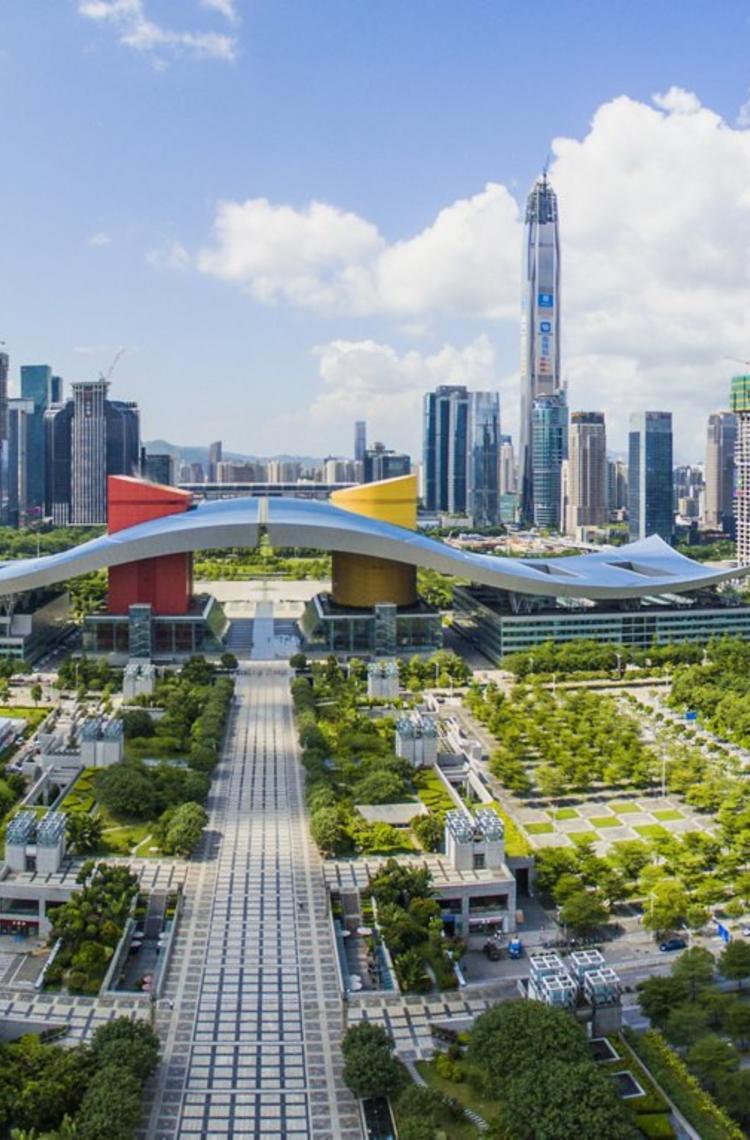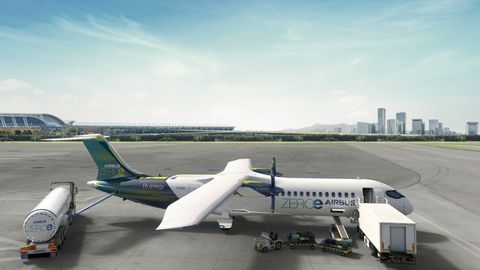Only a few decades ago, Shenzhen was a collection of quiet farming and fishing villages. Today, the city is among the world’s leading innovation hotspots—in other words, the perfect location for our Airbus China Innovation Centre (ACIC).
The story of Shenzhen’s rise to innovation powerhouse starts in 1978, the year the Chinese government announced a series of flexible economic policies. Special economic zones, the first of which was Shenzhen, were designated to attract foreign investment. These zones benefited from business-friendly reforms, thereby making them highly attractive places for economic development.
Only a few years ago, you would go to Silicon Valley if you wanted the latest technology. Today, that place is increasingly Shenzhen.
- Etienne Ravaud, Airbus China Innovation Centre Chief Operating Officer
Throughout the 1980s and 1990s, economic growth in Shenzhen skyrocketed. The majority of economic activity relied on processing trade from Hong Kong. But due to limited land resources and rising labour costs, the city gradually began specialising in high-value-added industries, such as information technology, biotechnology, new materials and high-end equipment manufacturing. And a new chapter in Shenzhen’s history began.
China’s answer to Silicon Valley
Shenzhen has come a long way from its farming and fishing roots. In fact, it is estimated that 90% of all electronics worldwide originate one way or another from Shenzhen. The city is also a magnet for technology start-ups and the headquarters of famous high-tech companies, such as Chinese telecom giant Huawei Technologies Co. Ltd., Chinese web leader Tencent Holdings, and one of the world’s largest drone makers, DJI.
Only a few years ago, you would go to Silicon Valley if you wanted the latest technology,” Etienne Ravaud, Airbus China Innovation Centre Chief Operating Officer, says. “Today, that place is increasingly Shenzhen.”
To boost its attractiveness, the city launched a programme in 2011 to attract high-level skilled professionals from China and abroad. In addition to attracting skilled professionals, the city is also investing heavily in original innovation by promoting angel investments, which fund capital for start-ups aiming to make scientific and technology breakthroughs. What’s more, the city of Shenzhen is investing tens of billions of dollars in research and development, which places it on par with South Korea and Israel.
Airbus innovation lands in Shenzhen
For Airbus, Shenzhen is the perfect location for our latest innovation centre ACIC, following A3 in Silicon Valley. The city’s diverse talent pool, its proximity to tech giants and its vibrant entrepreneurial spirit make it a highly attractive ecosystem to drive innovation. In addition, China is set to become the world’s largest aviation market. And commercial deliveries to China already represent nearly a quarter of Airbus’ global production.
“What we found in Shenzhen is an unprecedented innovation-friendly eco-system,” Gang Luo, Airbus China Innovation Centre Chief Executive Officer, says. “It’s exciting to innovate in a city that has entrepreneurship in its blood!”
As operations ramp up at ACIC, the teams will look to advance on a number of projects in five key areas: Hardware Lab, Cabin Experience, Connectivity, Manufacturing Innovation and Urban Air Mobility (UAM). While innovation is meant for disruption, one thing is for sure, ACIC can count on Shenzhen’s innovation ecosystem to make it happen.

